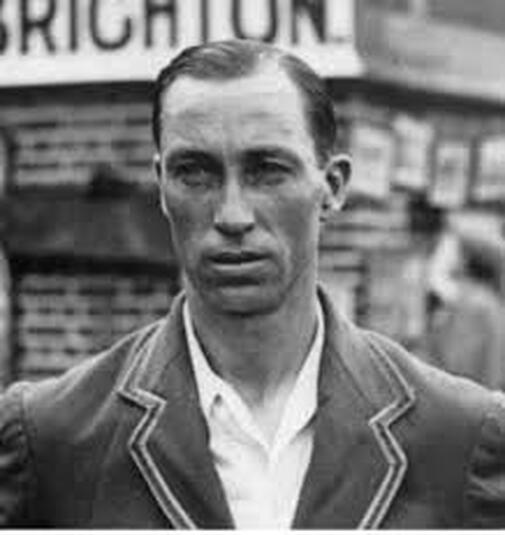Sandham (1890–1982), cricketer, was born at Kelso, High Road, Streatham, London, on 6 July 1890, the son of George Sandham, a domestic gardener, and his wife, Jane Laurence.
Baptized at the Roman Catholic church of the English Martyrs, Streatham, he was educated at Immanuel and St Andrew's and played his early cricket for Streatham United. He later played for Mitcham, a nursery for the Surrey county side, whose staff he joined in 1910. A year later he made a half-century on his début in first-class cricket and he was hailed as a batsman 'from whom much may be expected' (Wisden, 1912, 83).
Sandham had always aspired to be an opening batsman and, with the retirement of Tom Hayward in 1914, Surrey needed a post-war partner for Jack Hobbs. With 175 not out against Middlesex in 1919 he virtually secured his position, though he conceded it occasionally to the amateur D. J. Knight. An innings of 292 not out against Northamptonshire in 1921 was the first of ten scores of over 200 in his career, and in nine days that season he accumulated 640 runs.
In 1924 Sandham topped the national averages with 2082 runs at 59.48; Wisden declared he scarcely knew 'what failure meant' (Wisden, 1925, 231) and the cricket historian Harry Altham believed he played 'as well as anyone in England' (Altham, 361).
When he opened for Surrey with Hobbs, with whom he would share sixty-three century partnerships (a few of them for the Players against the Gentlemen), there was little to choose between the two men statistically. In 1926 they set a Surrey first-wicket record of 428, and Sandham also shared in what are still the county's sixth- and tenth-wicket records.
(Gerald Howat)



